Signal Integrity and Cable Construction
Signal integrity is the foundation of any audio-visual system. The way a cable is built directly influences how well it preserves the original signal. In analog setups, the shape of the waveform can be altered by resistance, capacitance, and inductance. High-purity copper conductors reduce resistance, allowing signals to pass with minimal loss. Shielding plays a vital role in blocking electromagnetic interference, which can introduce unwanted noise. Balanced cable designs use twisted pairs to cancel interference, especially in professional audio environments.
In digital systems, the concern shifts to timing and voltage thresholds. Poorly made cables can introduce jitter or cause handshake failures. Connectors must be tight and corrosion-free to maintain consistent contact. Gold plating helps prevent oxidation, though it doesn’t improve conductivity. The overall build quality of a cable determines how faithfully it transmits the signal. A well-constructed cable ensures that the signal arrives intact, without distortion or degradation.

Analog and Digital Transmission Differences
Analog signals are continuous and vulnerable to interference. Digital signals are binary and rely on voltage levels to represent data. In analog systems, cable quality can noticeably affect sound, especially over long distances. Poor shielding in analog cables can lead to hum or static. Digital cables either transmit the signal correctly or fail entirely, a phenomenon known as the digital cliff. However, timing errors like jitter can still impact audio clarity in high-resolution playback.
Digital cables must meet strict standards for bandwidth and impedance. HDMI 2.1 cables, for example, must support 48 Gbps to handle 8K video. Analog cables benefit from thicker wire and better shielding, while digital cables require precise engineering. Understanding these differences helps users choose the right cable for their setup. The type of signal being transmitted determines how much the cable quality matters. Each format has its own vulnerabilities and strengths.
Do Cables Make a Difference in Sound and Picture Quality?
HDMI Cables and Video Quality
HDMI cables carry uncompressed digital video and audio between devices. The HDMI specification defines bandwidth requirements for different resolutions and features. HDMI 1.4 supports 1080p and basic 3D, while HDMI 2.0 handles 4K at 60Hz and HDR10. HDMI 2.1 expands bandwidth to 48 Gbps, enabling 8K at 60Hz, 4K at 120Hz, and advanced features like VRR and eARC. Cable quality matters when pushing these limits, especially over long distances. Certified Ultra High Speed HDMI cables are tested for compliance with HDMI 2.1 standards.
Inferior cables may work at lower resolutions but fail with high-bandwidth signals. Signal degradation can cause flickering, dropouts, or complete loss of picture. Active HDMI cables use built-in electronics to boost signal over long runs. Fiber optic HDMI cables offer even greater distance without loss. For demanding setups, cable choice is critical to maintaining picture integrity. The wrong cable can bottleneck your entire system.
Speaker Wire and Audio Fidelity
Speaker wire carries analog audio signals from amplifiers to speakers, making its properties crucial to sound quality. The key factors are wire gauge, material, and length. Thicker wire (lower gauge) has less resistance, preserving signal strength over longer distances. Copper is the standard conductor, with oxygen-free variants offering slightly better conductivity. Silver has higher conductivity but is rarely used due to cost. Resistance affects damping factor, which influences speaker control and bass response. Long cable runs require thicker wire to avoid signal loss.
Poor connections can introduce distortion or intermittent dropouts. Bi-wiring and bi-amping setups may benefit from separate conductors for different frequency ranges. Shielding is less critical for speaker wire, but twisted pair designs can reduce interference. Overall, matching wire gauge to speaker impedance and distance ensures optimal performance. The right speaker wire preserves the full dynamic range of your audio.
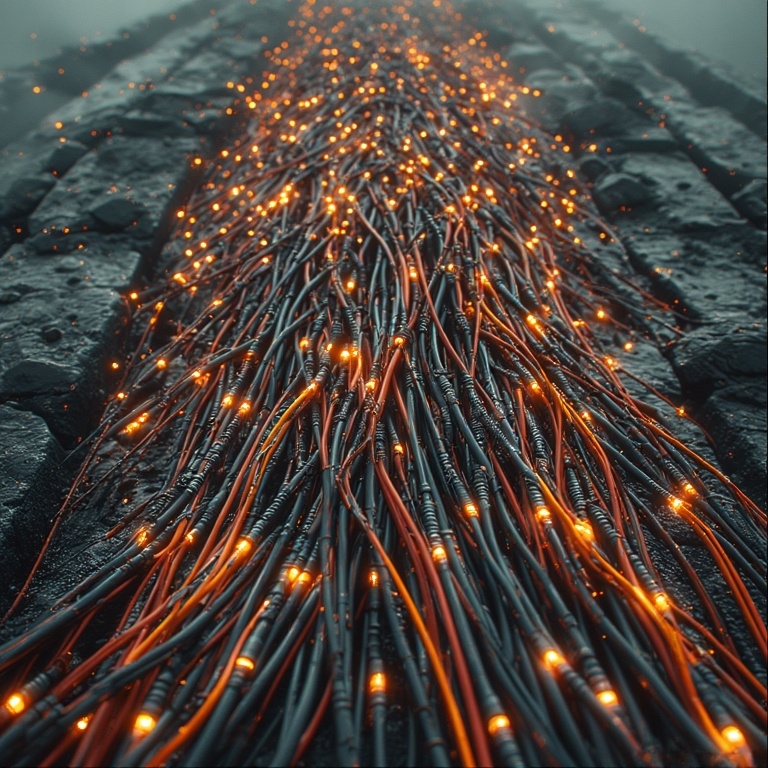
Optical Cables and Digital Audio
Optical cables, also known as Toslink, transmit digital audio using light pulses. They are immune to electromagnetic interference, making them ideal for noisy environments. However, they have limitations in bandwidth and distance. Standard Toslink supports up to 96kHz/24-bit PCM and compressed surround formats like Dolby Digital. It cannot carry lossless multichannel formats like Dolby TrueHD or DTS-HD Master Audio. Cable quality affects light transmission, with plastic fibers being more prone to attenuation than glass. Poorly polished connectors can scatter light, reducing signal strength.
Optical cables are best kept under 5 meters for reliable performance. They are useful for connecting TVs, soundbars, and older AV receivers. Unlike HDMI, they do not support video or advanced audio features like eARC. For basic digital audio, optical cables offer clean transmission with minimal interference. Their simplicity makes them a reliable choice for straightforward setups.
Coaxial Cables and Digital Audio Transmission
Coaxial digital cables transmit audio using electrical pulses over a single conductor surrounded by shielding. They are commonly used for SPDIF connections between CD players, DACs, and AV receivers. The standard impedance for coaxial digital cables is 75 ohms, and maintaining this impedance is critical for signal integrity. Mismatched impedance can cause reflections, leading to jitter and data errors. Unlike optical cables, coaxial designs are more robust over longer distances and can carry higher bandwidth. They support stereo PCM and compressed surround formats like Dolby Digital and DTS. Shielding is essential to prevent electromagnetic interference, especially in environments with power cables or wireless devices.
Connector quality also matters—tight, corrosion-free RCA plugs ensure consistent contact. While coaxial cables don’t support lossless multichannel formats, they offer reliable performance for most digital audio needs. Their electrical nature makes them more flexible than optical in terms of routing and installation. For users seeking simplicity and durability, coaxial cables remain a dependable choice.
USB Cables in Audio Interfaces and DACs
USB cables are the backbone of modern digital audio interfaces, connecting computers to DACs, mixers, and recording gear. USB 2.0 supports up to 480 Mbps, sufficient for high-resolution stereo audio and basic multichannel setups. USB 3.0 and 3.1 offer higher bandwidth, useful for professional recording environments with multiple input channels. Cable quality affects shielding, connector durability, and data transmission stability. Poor shielding can allow noise to enter the signal path, especially in systems where USB also carries power. Isochronous transfer mode in USB audio prioritizes timing over error correction, making jitter a concern in poorly designed cables.
Some high-end USB cables separate power and data conductors to reduce interference. Ferrite cores can suppress high-frequency noise, improving performance in sensitive setups. While USB is generally robust, cable quality becomes critical in high-fidelity playback and recording. A well-made USB cable ensures stable connections, low noise, and accurate timing. In digital audio workflows, reliability is non-negotiable.
Balanced vs Unbalanced Audio Cables
Balanced cables use three conductors—positive, negative, and ground—to cancel out noise through phase inversion. This design is standard in professional audio environments, where long cable runs and high interference are common. XLR and TRS connectors are typical balanced formats, offering secure connections and consistent impedance. Unbalanced cables, like RCA, use two conductors and are more susceptible to interference and ground loops.
Balanced cables can run up to 100 meters without significant signal degradation, while unbalanced cables should be kept under 5 meters. Shielding enhances noise rejection, but the balanced design itself provides superior immunity to hum and buzz. Connector quality affects contact stability and long-term reliability. Balanced cables are ideal for microphones, studio monitors, and mixers. Unbalanced cables are more common in consumer audio gear, where cable runs are short and environments are less noisy. Choosing between balanced and unbalanced depends on the gear, distance, and interference risk. In critical listening setups, balanced is often the safer bet.
Cable Length and Signal Loss
Cable length directly impacts signal quality, especially in analog and high-bandwidth digital systems. Longer cables increase resistance and capacitance, which can attenuate signals and introduce distortion. In analog audio, this can result in reduced volume, muddier sound, and loss of detail. In HDMI and USB, long cables may fail to transmit data reliably, causing dropouts or handshake failures. Active cables include built-in amplifiers or repeaters to boost signal over extended distances. Fiber optic HDMI cables offer low attenuation and can run up to 100 meters without loss.
Speaker wire should be sized according to length and speaker impedance—long runs require thicker wire to maintain damping factor and dynamic range. Ethernet cables follow strict length limits for reliable data transmission, typically capped at 100 meters for Cat5e and Cat6. USB cables longer than 5 meters may need active extensions. Understanding these limitations helps prevent performance issues and ensures stable operation across your AV system.

Shielding and Electromagnetic Interference
Shielding is a critical factor in cable design, protecting signals from external electromagnetic and radio frequency interference. In analog systems, interference can manifest as hum, buzz, or static. In digital systems, it can cause data errors, jitter, or complete signal failure. Shielding materials include foil, braid, and combinations of both. Foil offers full coverage but is less flexible, while braid provides durability and better grounding. Double shielding combines both for maximum protection.
Proper grounding is essential—floating shields can act as antennas and worsen interference. Twisted pair geometry enhances noise rejection by balancing signal paths. Shielding adds cost and bulk but is indispensable in high-interference environments. Poor shielding can compromise even high-end cables, especially in studio or live sound setups. Choosing shielded cables improves reliability and preserves signal integrity. In AV systems surrounded by wireless devices, power lines, and lighting dimmers, shielding is not optional—it’s essential.
Connector Quality and Mechanical Stability
Connectors are the physical interface between cable and device, and their quality affects both signal transmission and mechanical reliability. Loose or corroded connectors can cause intermittent dropouts, distortion, or complete signal loss. Gold plating resists oxidation and ensures long-term contact stability, though it doesn’t improve conductivity. Connector design matters—tight tolerances and secure locking mechanisms prevent accidental disconnection.
In HDMI, poorly fitting connectors can cause handshake failures or flickering video. In XLR and TRS, locking designs ensure consistent contact under stress. RCA connectors should fit snugly without excessive force. USB connectors must maintain firm contact to avoid power or data interruptions. Connector wear over time can degrade performance, especially in frequently plugged setups. Investing in well-machined connectors ensures durability and consistent signal flow. In professional environments, connector reliability is as important as cable quality. A solid connection is the final link in preserving signal integrity.
Impedance Matching and Signal Reflection
Impedance is the resistance to alternating current and must be matched between cable and device for optimal signal transfer. In digital audio, 75-ohm impedance is standard for coaxial SPDIF. Mismatched impedance causes signal reflections, leading to jitter and data errors. In analog video, 75-ohm cables are also used for composite and component signals.
HDMI cables must maintain consistent impedance to support high-bandwidth video. Ethernet cables use 100-ohm impedance and require precise geometry to avoid crosstalk. Speaker cables are less sensitive to impedance matching but must be sized appropriately for load and distance. Impedance mismatches degrade signal quality and can cause transmission failures. Proper cable design ensures consistent impedance across the length of the cable. Connectors must also match impedance to avoid discontinuities. In high-resolution systems, even small mismatches can affect performance. Understanding impedance helps users select cables that preserve signal integrity and prevent loss.
Bandwidth and Data Throughput
Bandwidth refers to the amount of data a cable can carry per second. In HDMI, bandwidth determines resolution, frame rate, and color depth. HDMI 2.1 supports 48 Gbps, enabling 8K video and advanced features like dynamic HDR. USB 3.1 supports up to 10 Gbps, useful for multichannel audio and high-speed storage. Ethernet cables range from 1 Gbps (Cat5e) to 10 Gbps (Cat6a and Cat7). Optical cables have limited bandwidth, supporting up to 96kHz/24-bit audio.
Coaxial cables offer higher bandwidth than optical and are more robust over distance. Bandwidth requirements depend on the application—streaming 4K video requires more than playing stereo audio. Cable quality affects bandwidth through conductor purity, shielding, and geometry. Poorly made cables may not meet advertised specs, causing performance issues. Certified cables ensure compliance with bandwidth standards. In high-performance systems, bandwidth is a critical factor in cable selection.
Environmental Factors and Installation Practices
Environmental conditions affect cable performance and longevity. Heat, humidity, and physical stress can degrade insulation and connectors. In-wall installations require cables rated for fire resistance and durability. Outdoor setups need UV-resistant and waterproof cables. Bending radius matters—tight bends can damage conductors and affect signal flow.
Cable management reduces strain and prevents accidental disconnection. Velcro straps and cable trays help organize complex setups. Avoid running signal cables parallel to power lines, which can induce interference. Ground loops occur when multiple paths to ground exist, causing hum in audio systems. Proper grounding and isolation prevent these issues. Labeling cables simplifies troubleshooting and maintenance. Environmental awareness ensures stable performance and extends cable life. In professional installations, planning and protection are as important as cable choice. A well-installed cable performs better and lasts longer.
Cable Certification and Compliance Standards
Certification ensures that cables meet specific performance benchmarks defined by industry standards. HDMI cables, for example, are certified under categories like Standard, High Speed, Premium High Speed, and Ultra High Speed. These labels correspond to bandwidth capabilities and supported features. Certified cables undergo testing for signal integrity, electromagnetic interference, and mechanical durability. USB cables are similarly classified—USB-IF certification guarantees compliance with power delivery and data transfer protocols. Ethernet cables are rated by category, from Cat5e to Cat8, each with defined speed and shielding requirements.
Certification helps consumers avoid counterfeit or underperforming products. It also ensures compatibility across devices, reducing the risk of handshake failures or degraded performance. While uncertified cables may work in basic setups, they often fail under demanding conditions. Investing in certified cables provides peace of mind and long-term reliability. In professional environments, certification is not optional—it’s essential for maintaining system integrity.

Cable Myths and Marketing Hype
The cable industry is rife with exaggerated claims and marketing jargon. Some brands promote exotic materials, cryogenic treatments, or proprietary geometries as game-changers. While certain design choices do affect performance, many claims lack measurable impact. For example, gold-plated connectors resist corrosion but don’t improve signal quality. Silver conductors offer slightly better conductivity than copper, but the difference is negligible in short runs.
Terms like “audiophile grade” or “oxygen-free” are often used loosely. In digital systems, the signal is either received or not—there’s no gradual degradation. Paying hundreds for a digital cable rarely yields better results than a well-made budget option. In analog systems, cable quality matters more, but diminishing returns set in quickly. The key is understanding the technical requirements of your setup. Marketing should never replace engineering. By focusing on specifications rather than slogans, users can make informed choices that serve their system—not the sales pitch.
System Matching and Practical Optimization
Cables should be chosen based on the specific needs of your system, not in isolation. A high-end DAC deserves a well-shielded USB cable, while a budget soundbar may perform fine with a basic optical link. Speaker wire should match amplifier output and speaker impedance. HDMI cables must support the resolution and features of your display and source device. Ethernet cables should be rated for the speed of your network.
Over-specifying cables adds cost without benefit, while under-specifying can bottleneck performance. System matching ensures that each component operates at its full potential. Cable length, environment, and usage frequency also factor into selection. In mobile setups, flexibility and durability matter more than bandwidth. In fixed installations, long-term reliability and shielding take priority. Practical optimization balances performance, cost, and longevity. Treating cables as part of the system—not accessories—leads to better outcomes and fewer headaches.
Conclusion
Cables are more than passive conduits—they are active participants in preserving signal integrity. From analog speaker wire to high-bandwidth HDMI, every cable type has specific requirements and vulnerabilities. Quality construction, proper shielding, impedance matching, and connector reliability all contribute to performance. While not every setup demands premium cables, understanding the technical principles helps avoid bottlenecks and failures. In high-resolution audio and video systems, cable choice can make or break the experience. This isn’t about brand hype—it’s about engineering. By treating cables as critical components, users can build systems that deliver consistent, high-fidelity results. Whether you’re wiring a home theater or a professional studio, the right cable ensures that your signal arrives clean, stable, and uncompromised.
Join the Discussion
Have you ever upgraded a cable and noticed a real difference—or none at all? Do you prioritize shielding, connector quality, or certification when building your setup?
#SignalIntegrity #AVSetup #CableTruth #AudioClarity #VideoPrecision #HDMI2_1 #SpeakerWireMatters #BalancedAudio #USBforAudio #ShieldingMatters #ConnectorQuality #ImpedanceMatching #BandwidthMatters #SystemOptimization #NoMoreCableMyths



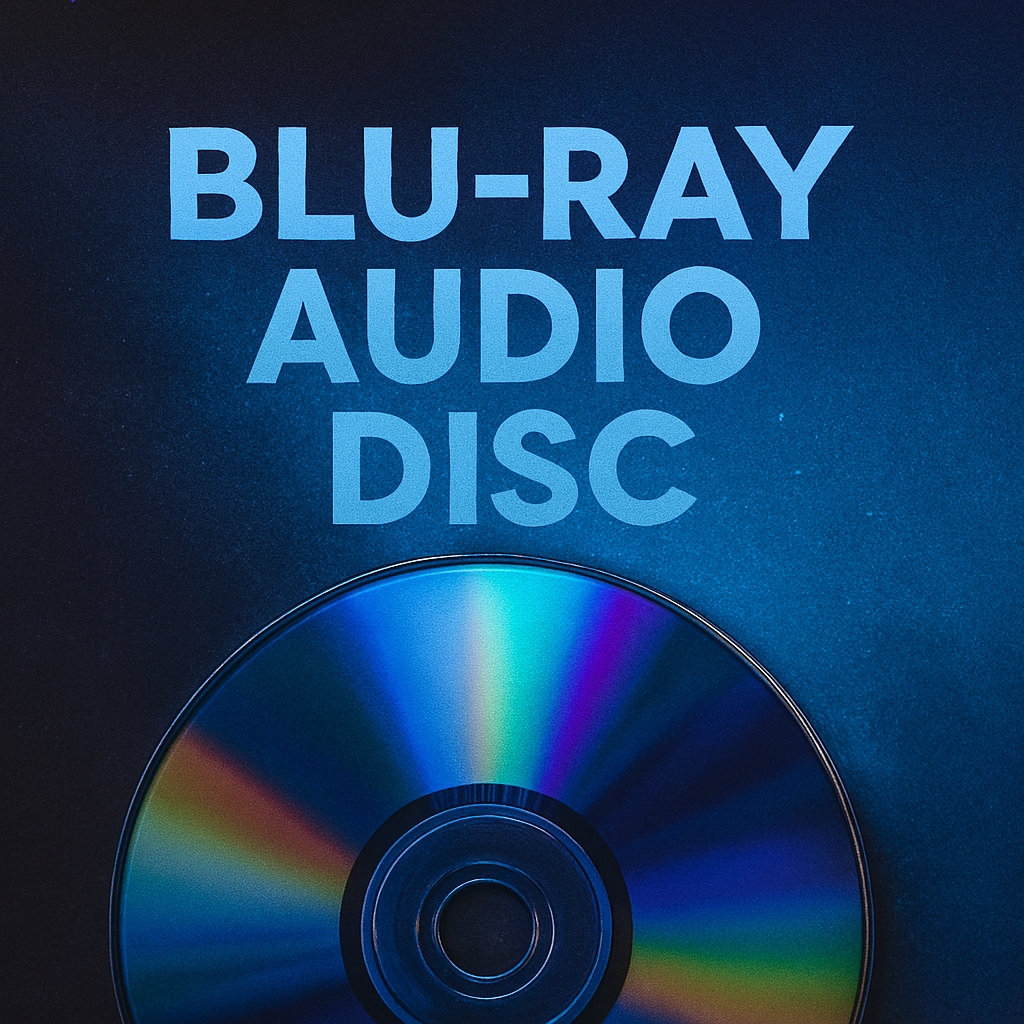
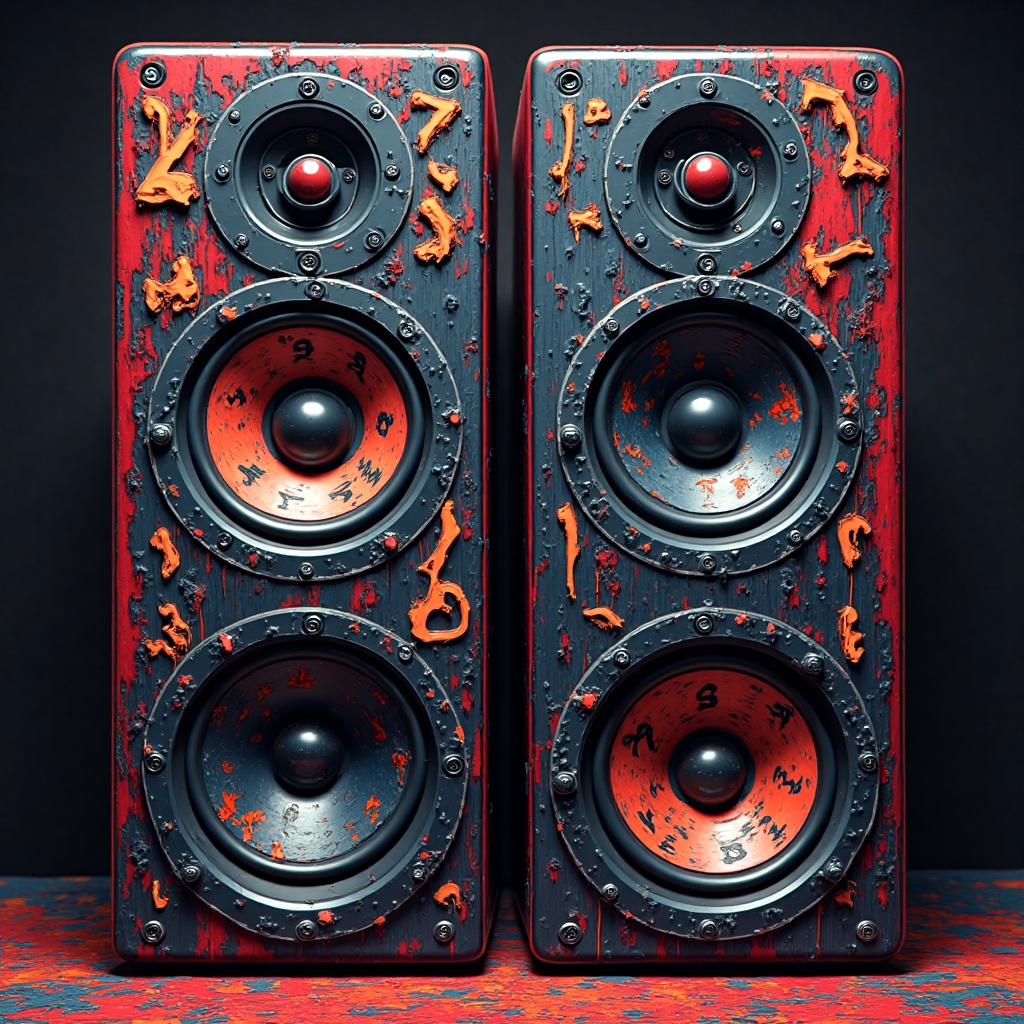



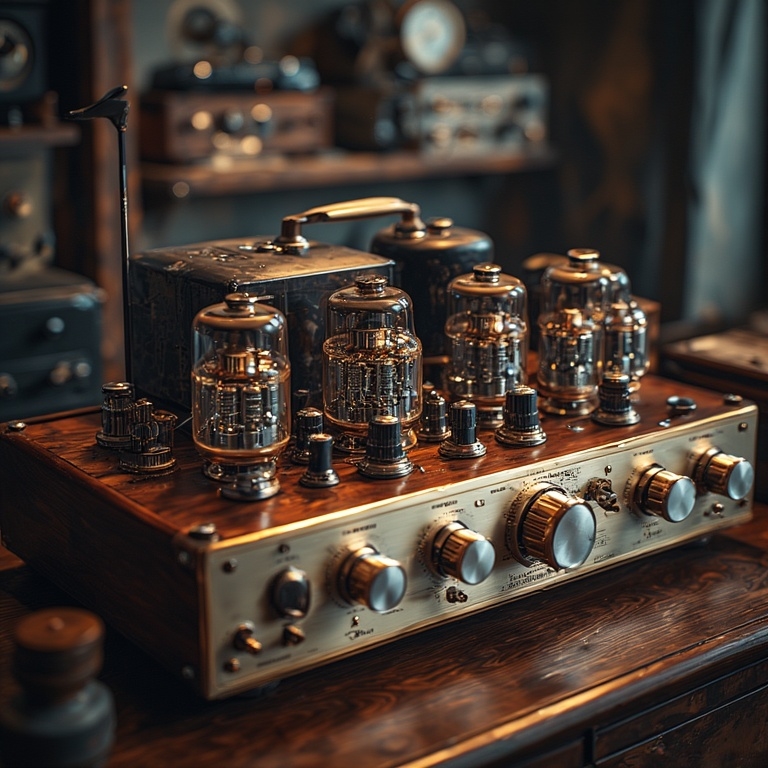


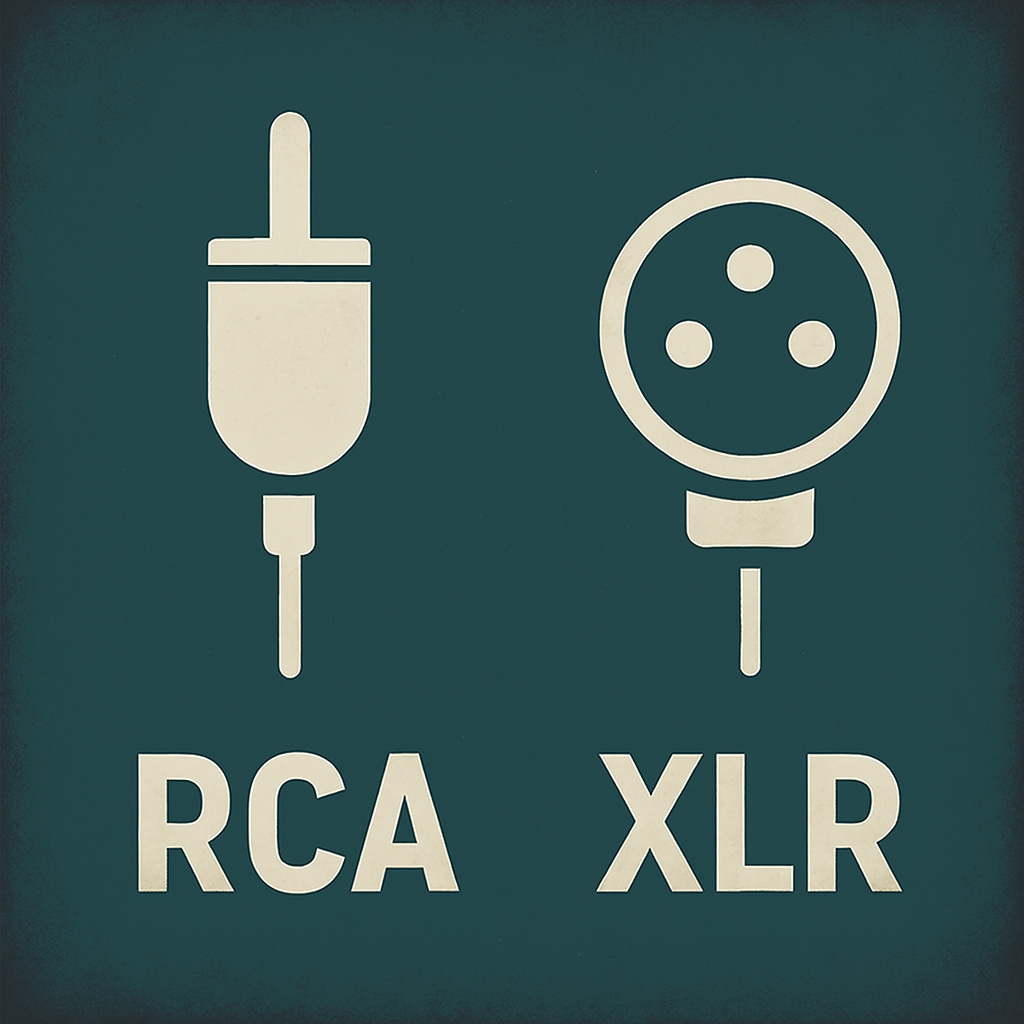



Leave a Reply